Despite hundreds of millions of dollars invested annually to protect and recover declining fish populations in the Northwest, many fundamental questions regarding our region’s wild fish resources remain unanswered.
Existing assumptions have too often been made in lieu of empirical study. Testing those assumptions drives Wild Fish Conservancy’s research and monitoring program.
We conduct research and monitoring projects in rivers, on lakes, and in near-shore marine habitats, at sites heavily impacted by human activity and in pristine areas untouched by development. We document the abundance and diversity of targeted species, their behavioral patterns, and geographic distribution. We study salmon spawning activity, fish passage at road crossings, water diversions, and agricultural pump facilities, and interactions between wild and hatchery fish.
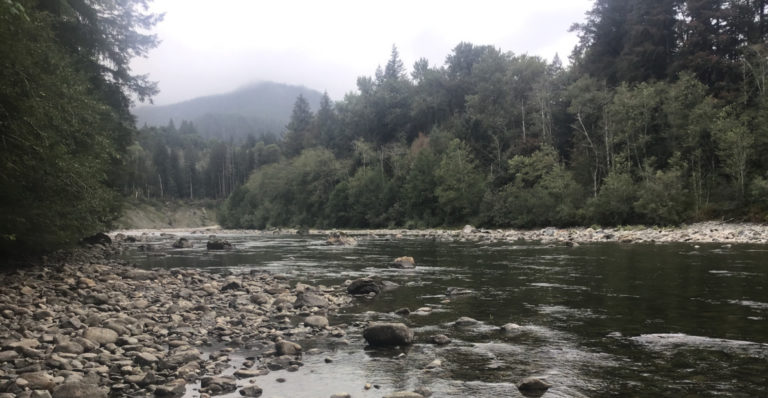
WEB MAP: View the Middle Fork Snoqualmie & Raging River Alluvial Water Storage Assessment Results
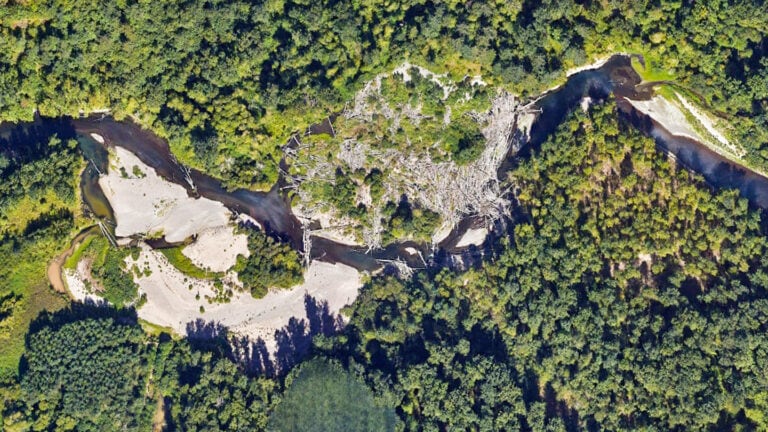
Wild Fish Conservancy worked with an environmental engineering firm to assess the feasibility of large wood (LWD) supplementation in the Snoqualmie River from its confluence with the Tolt River, downstream to Harris Creek near Chinook Bend Natural Area (River Mile 21-25). The assessment laid the foundation for conceptual designs that will detail instream LWD treatments in the Chinook Bend -Tolt reach of the Snoqualmie River. Public outreach was conducted to assess recreational boater usage in a 4-mile reach of the Snoqualmie River that is critical salmon habitat. The information gained from the public outreach was used to inform the design of conceptual Large Woody Debris (LWD) habitat restoration treatments in the reach.
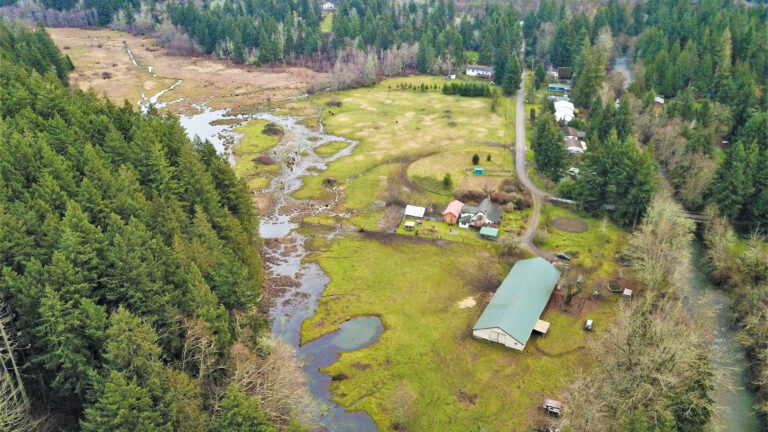
This project identifed, prioritized, and provided preliminary designs to restore a unique Deschutes River spring fed wetland and stream
complex. Restoration actions identified include removing three failing culverts, livestock
exclusion fencing to protect streams and wetlands, instream LWD placement, and riparian restoration, along with a suite of farm management BMPs.
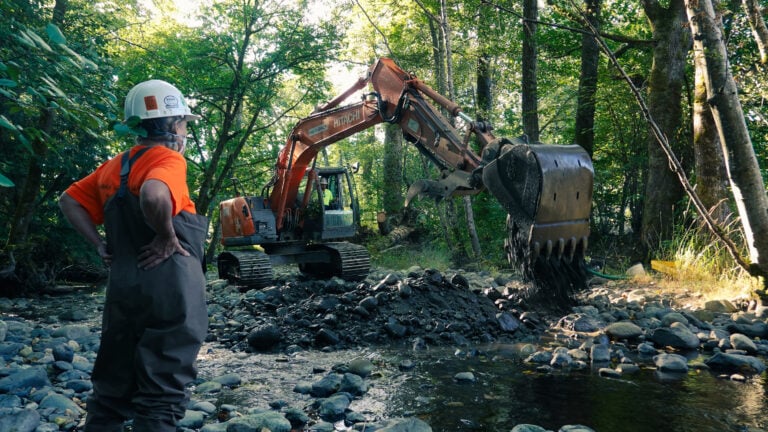
During this project WFC placed large wood within a half-mile reach of Grant Creek. The large wood complexes will encourage the development of new scour pools and to improve overall channel complexity.
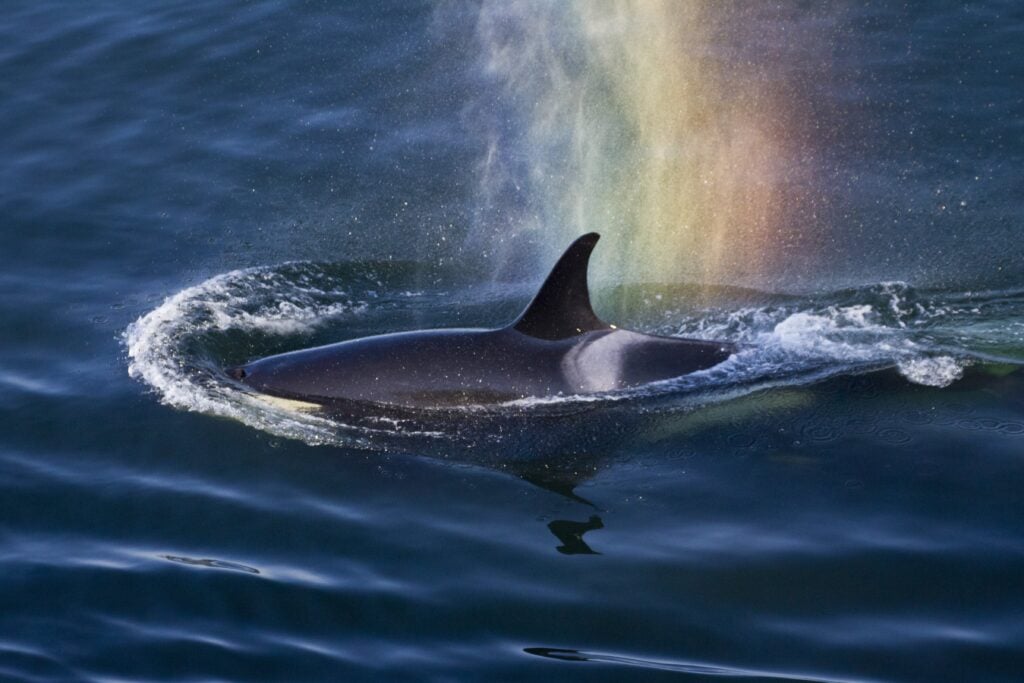
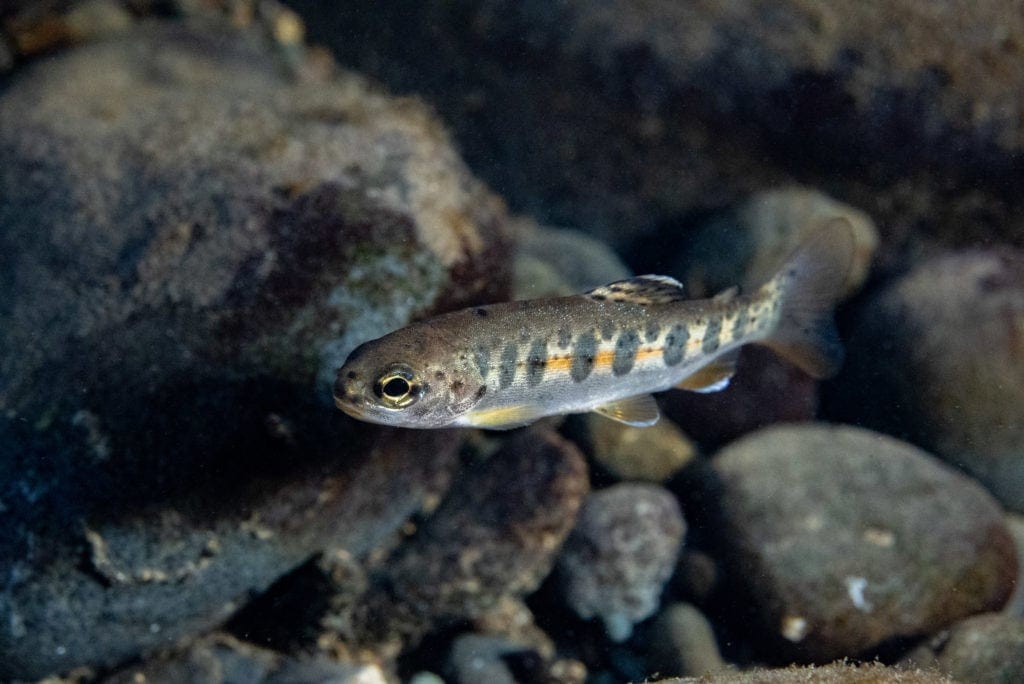
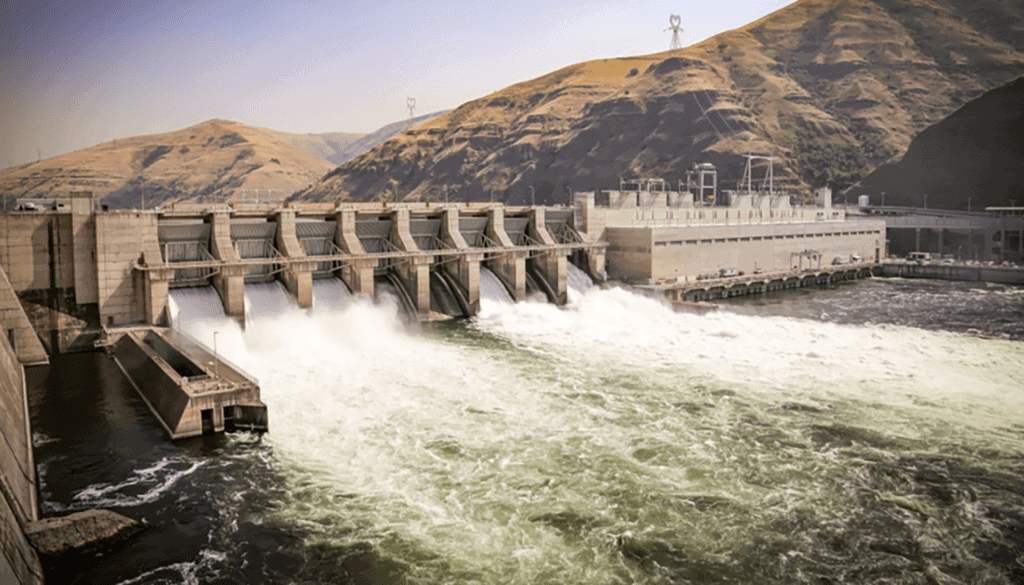
Join our mailing list to recieve important updates on our work, the latest wild fish news, & opportunities to take action to support wild fish.
This site is protected by reCAPTCHA and the Google Privacy Policy and Terms of Service apply.
Wild Fish Conservancy is recognized as a 501(c)3 non-profit by the IRS